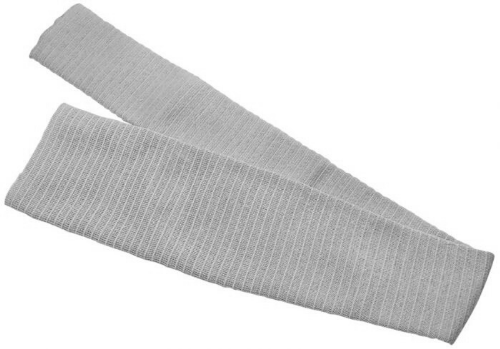As early as the Neolithic period (5000-2500 BCE), images of soldiers with bandaged lower extremities were found in the drawings of the caves of Tassili in Sahara. The Edwin Smith Papyrus, which dates to roughly 1600 BCE, included additional evidence of mechanical compression therapy for legs. Hippocrates treated his patients’ leg ulcers with tight bandages, which were described in his Corpus Hippocraticum (450–350 BCE). Galen (130-200 CE) used wool and linen compression bandages to prevent blood from pooling in the legs, and Oribassius (324 CE) would use tight bandages to treat leg ulcers.
In 1628, William Harvey discovered the link between venous stasis and the external pressure. Following that discovery, various compression measures were introduced for therapy: laced stockings, elastic bands, and tight bandages with resin. Later, new textile materials started to be used for the production of compression stockings: natural or cellulose fibers (silk, cotton, coconut) and chemical (acrylic, nylon, polyester).
In 1958, a United Kingdom trademark registration was filed for Tubigrip by Medlock Medical Limited. Tubigrip was an elasticated, tubular bandage that came in differing sizes. Apart from the speed of application, its main advantage was the consistency of compression along the entire length of the bandage. Tubigrip became a staple of sports physiotherapists managing swollen ankles and knees secondary to injury.
Description provided by Glenn Ruscoe of Australia
References:
Wikipedia. Compression Stockings. Accessed at https://en.wikipedia.org/wiki/Compression_stockings#History on 8 February 2022.

